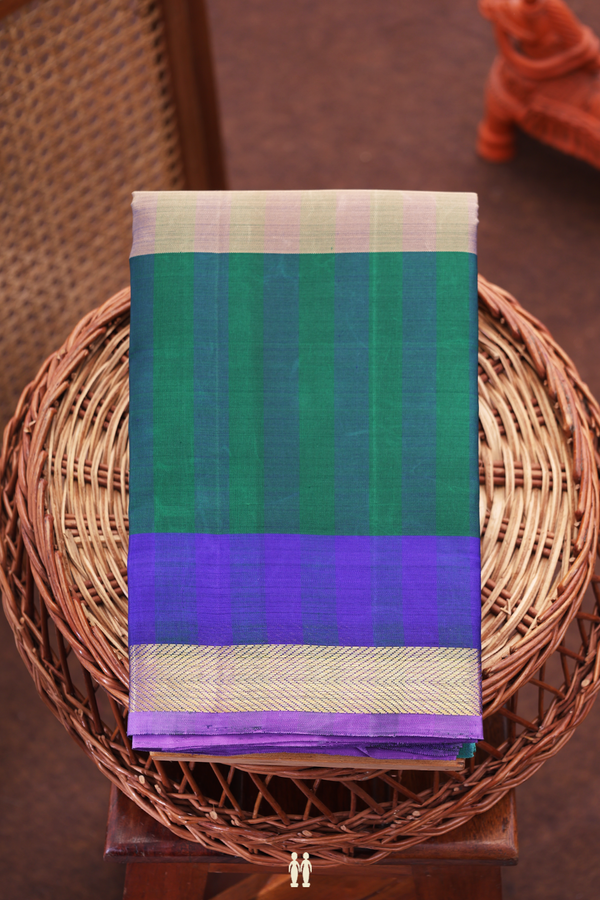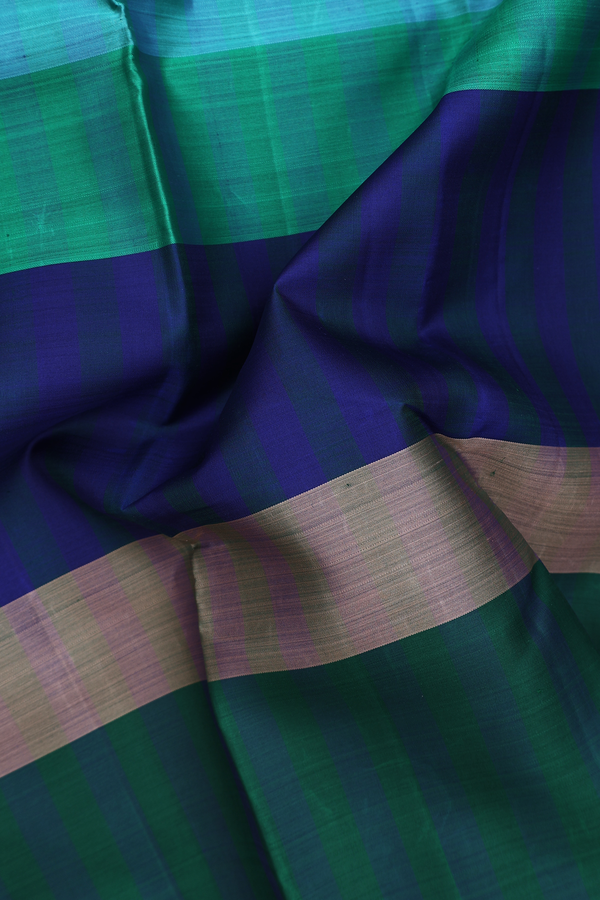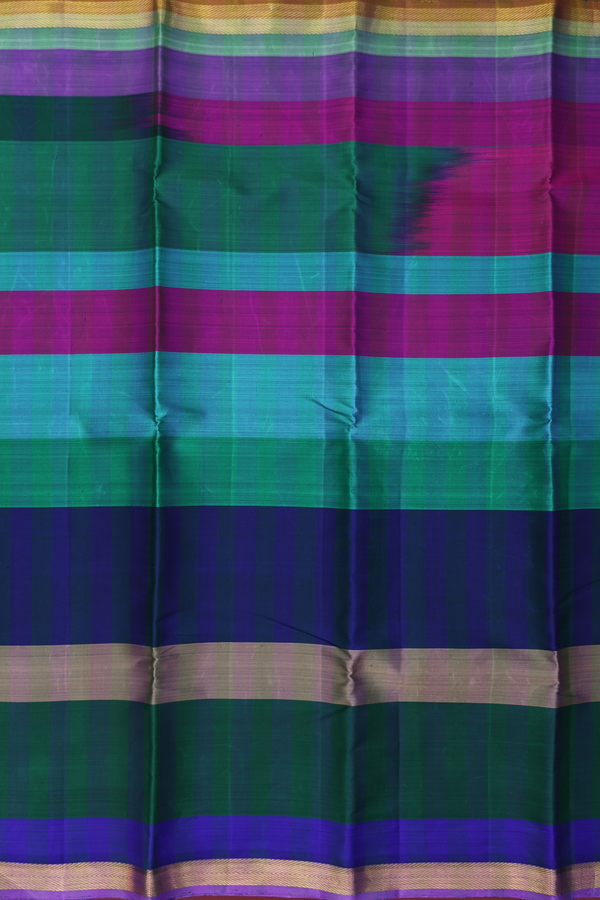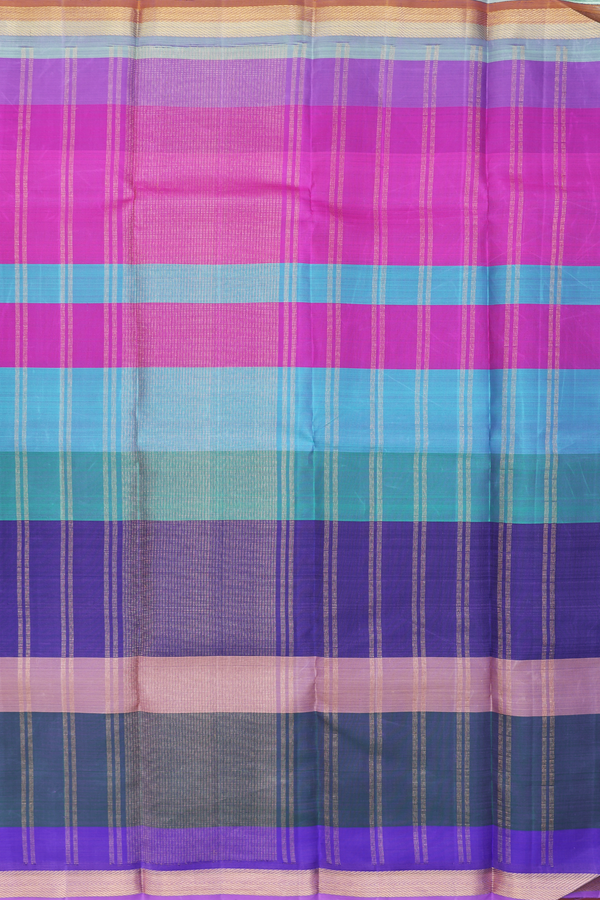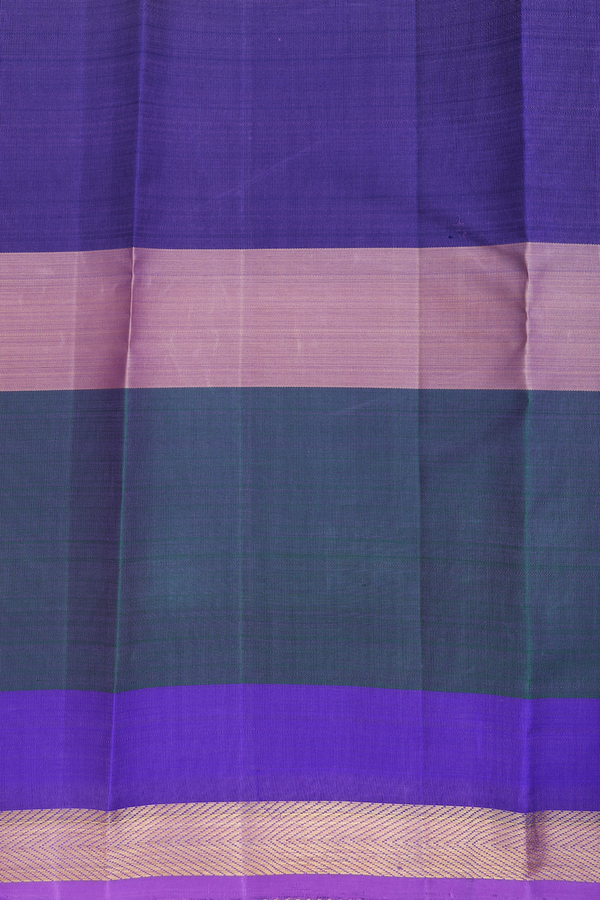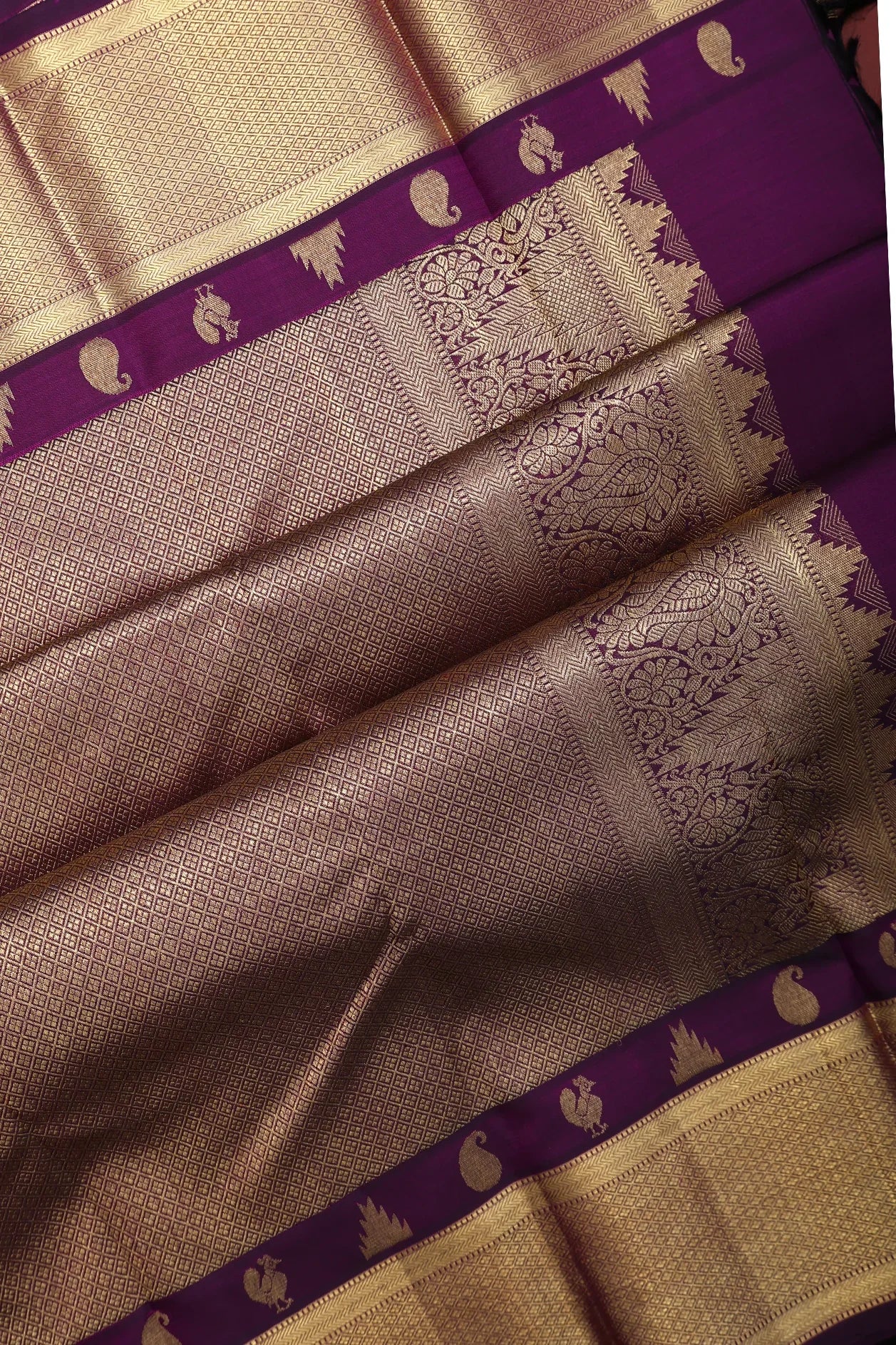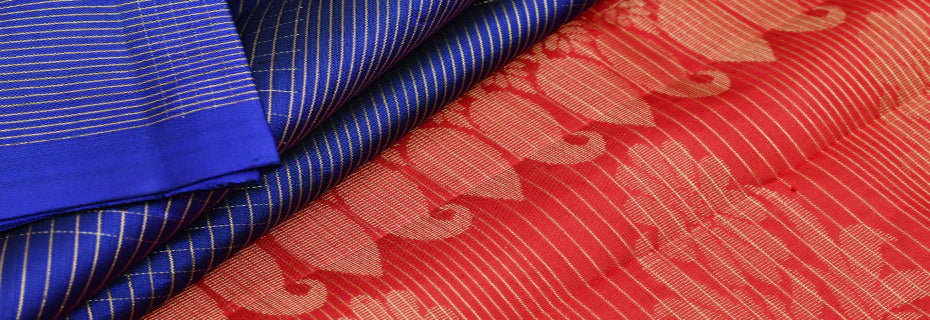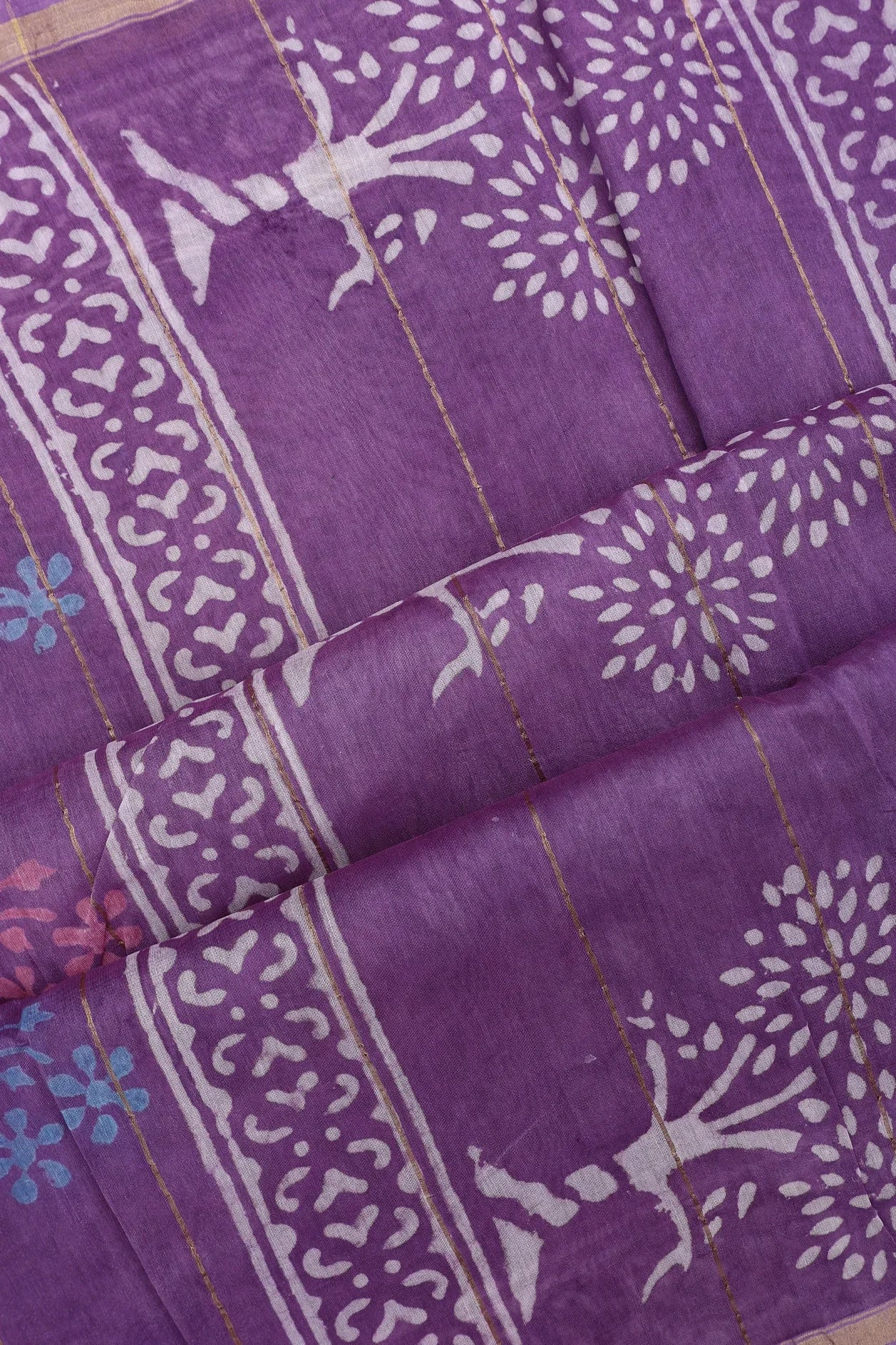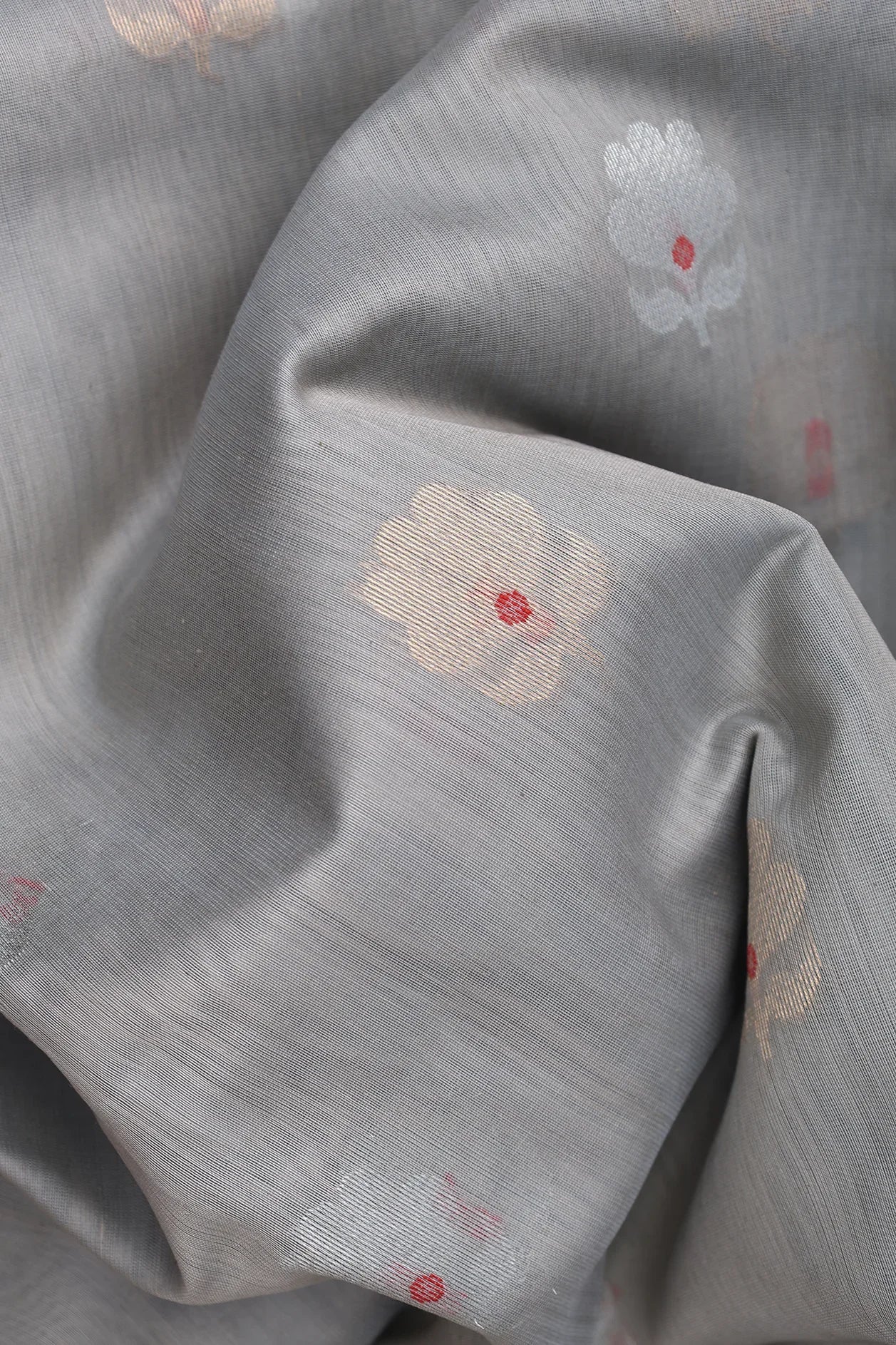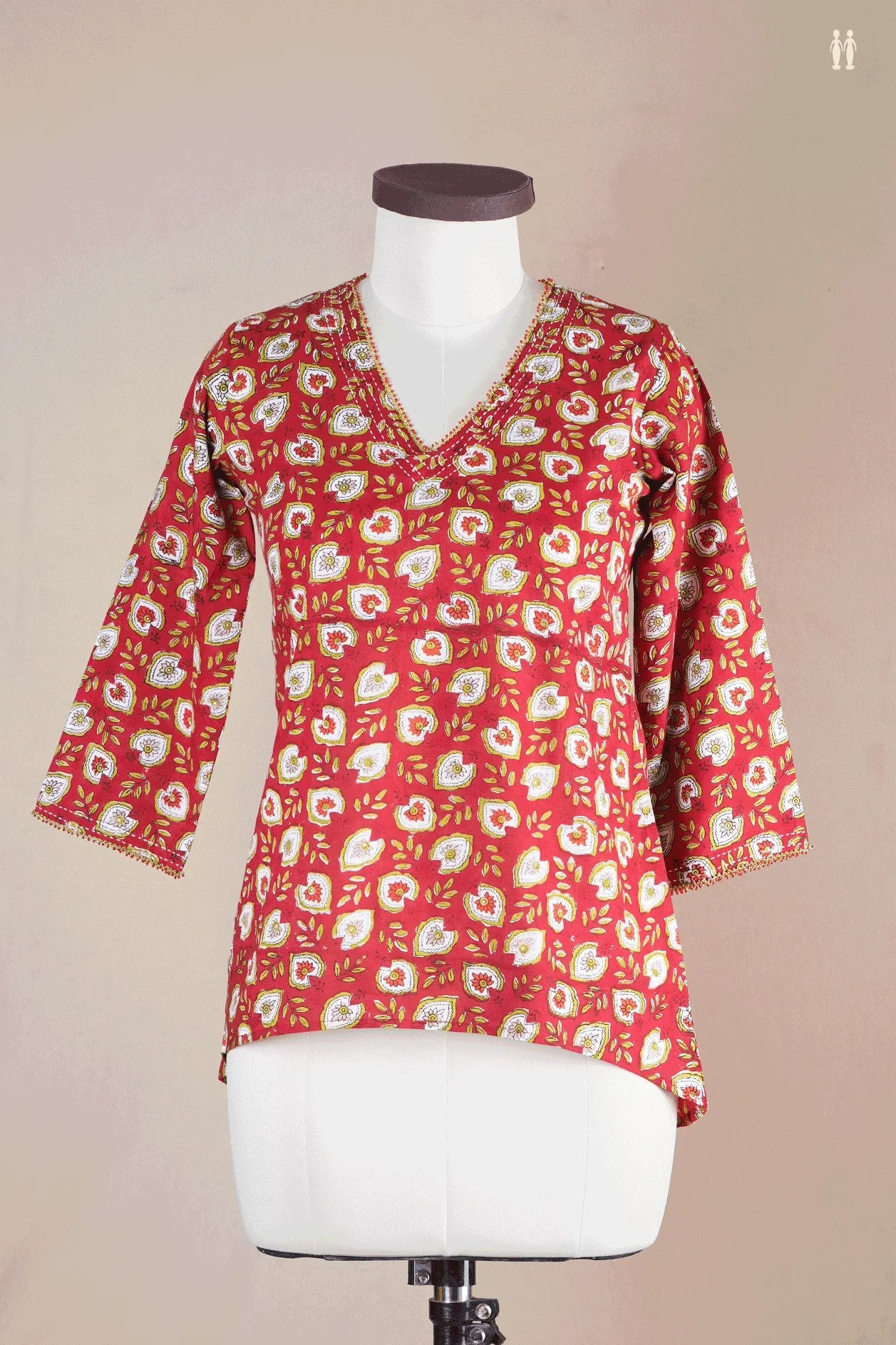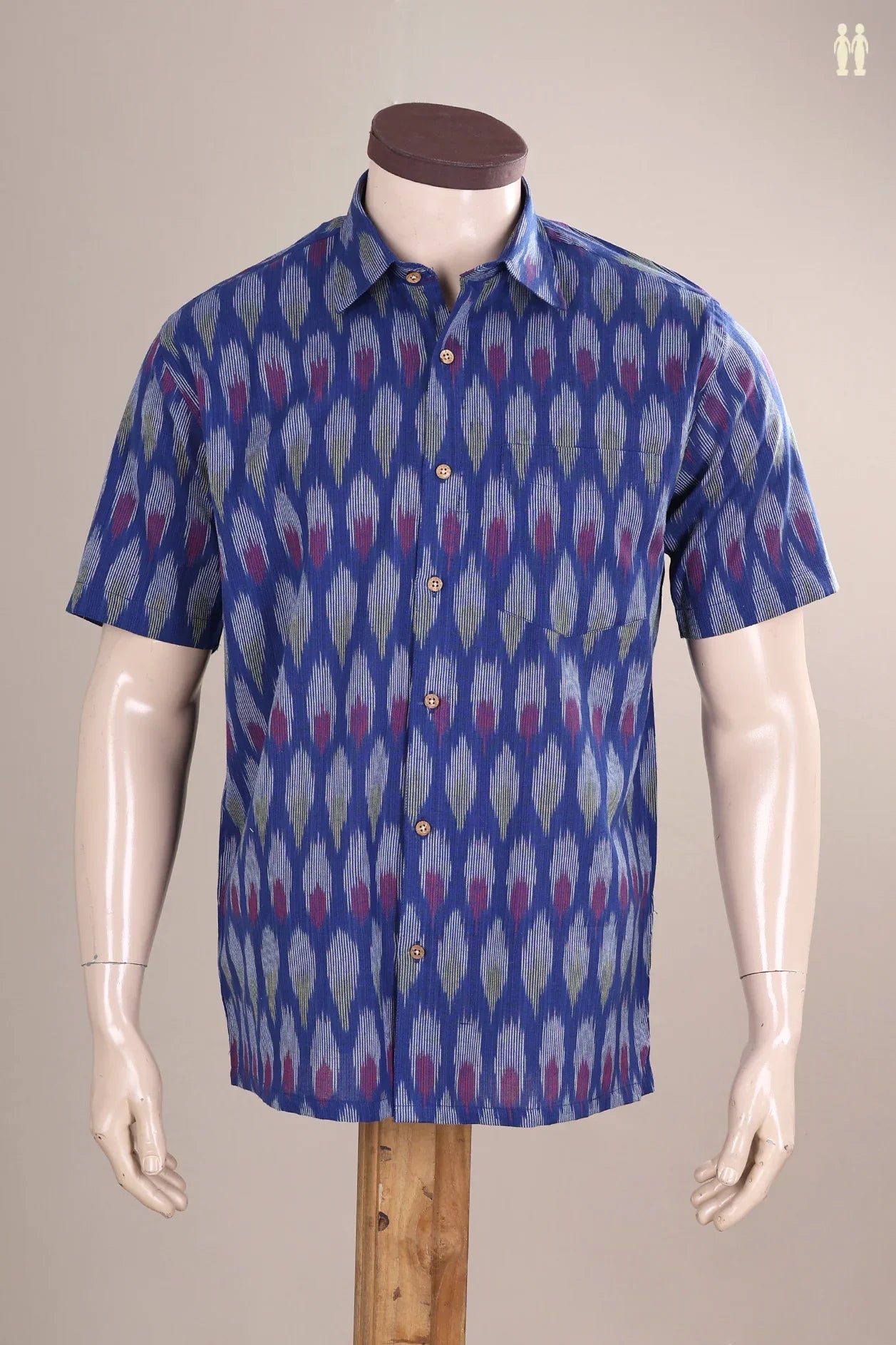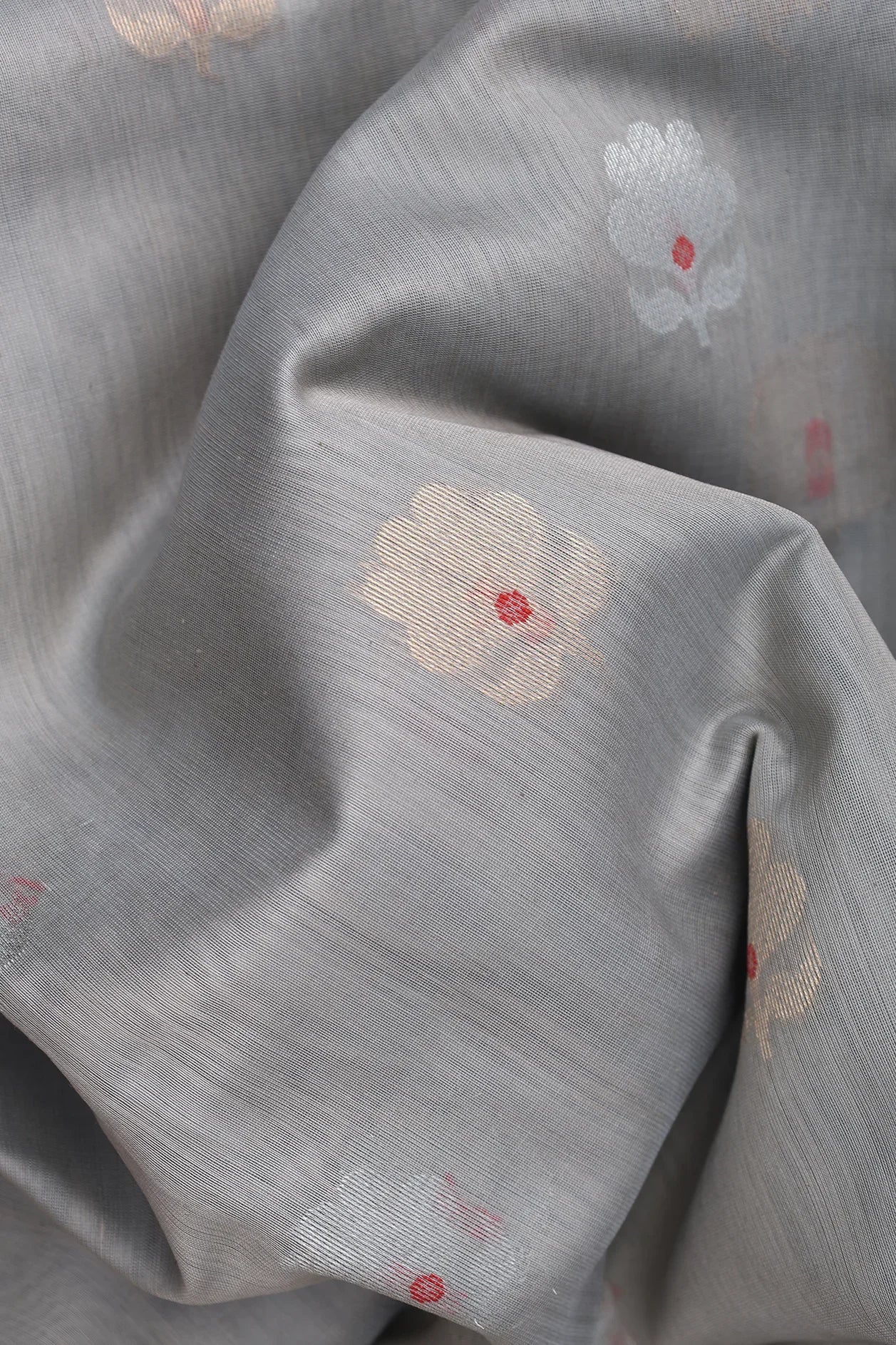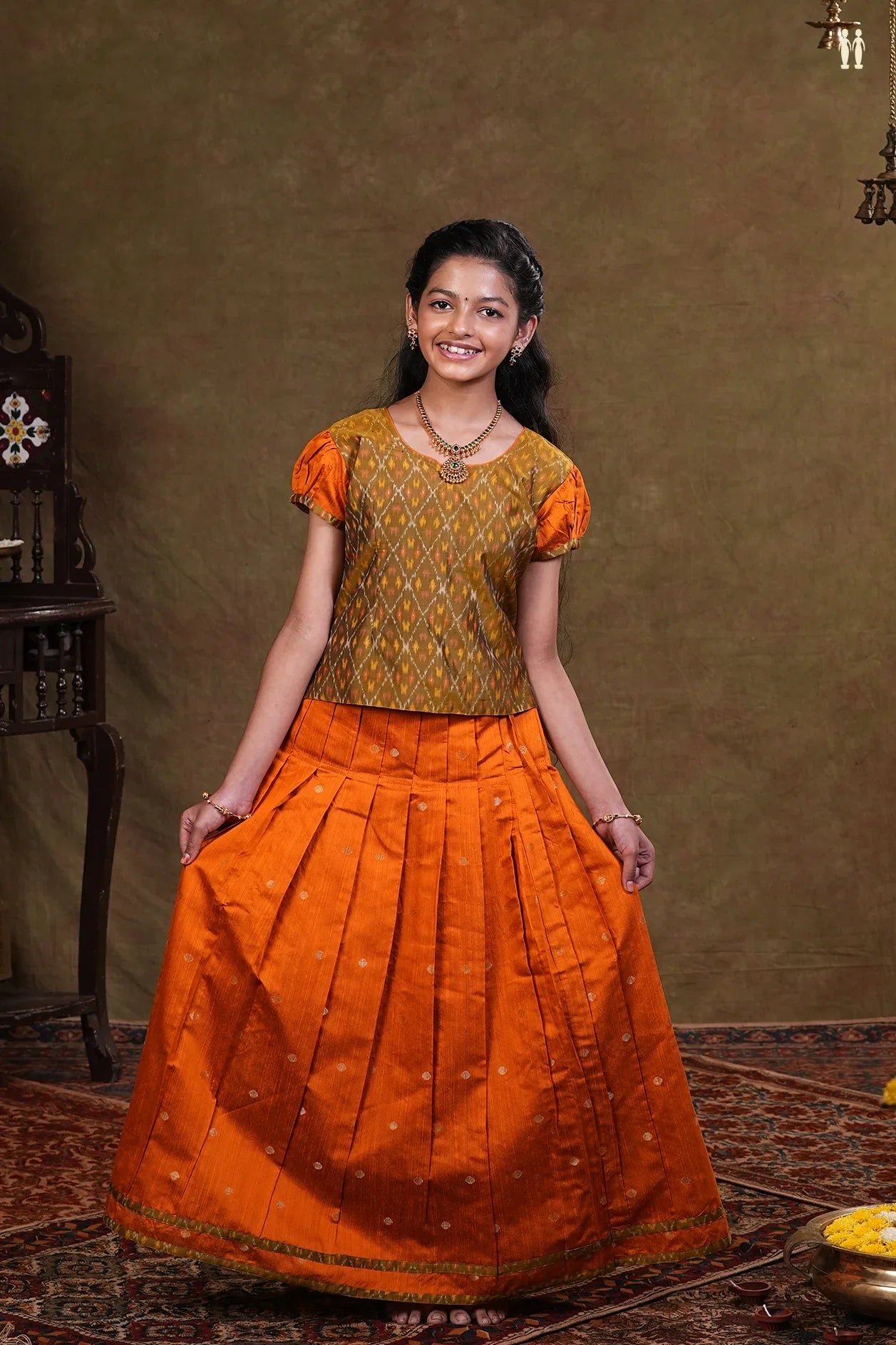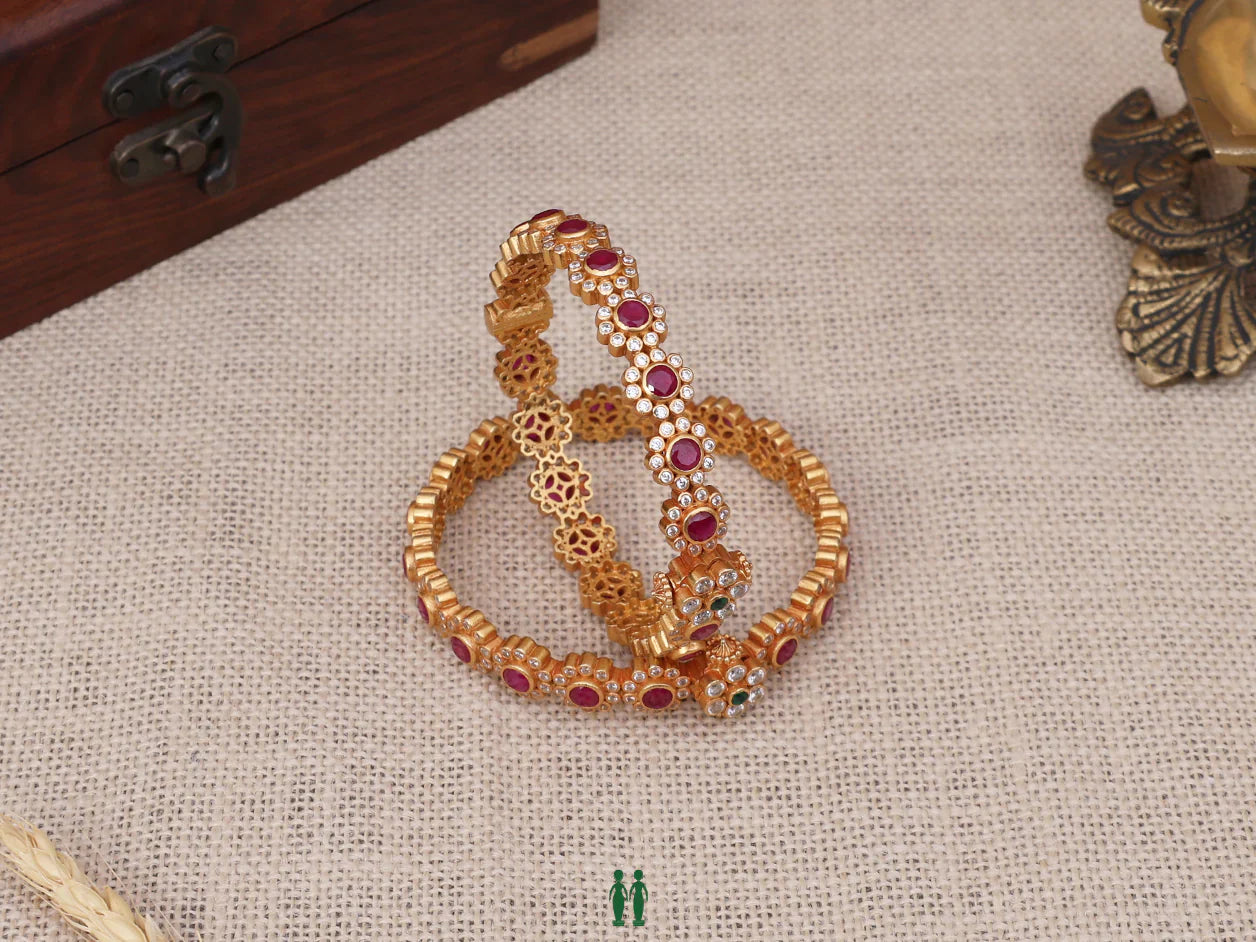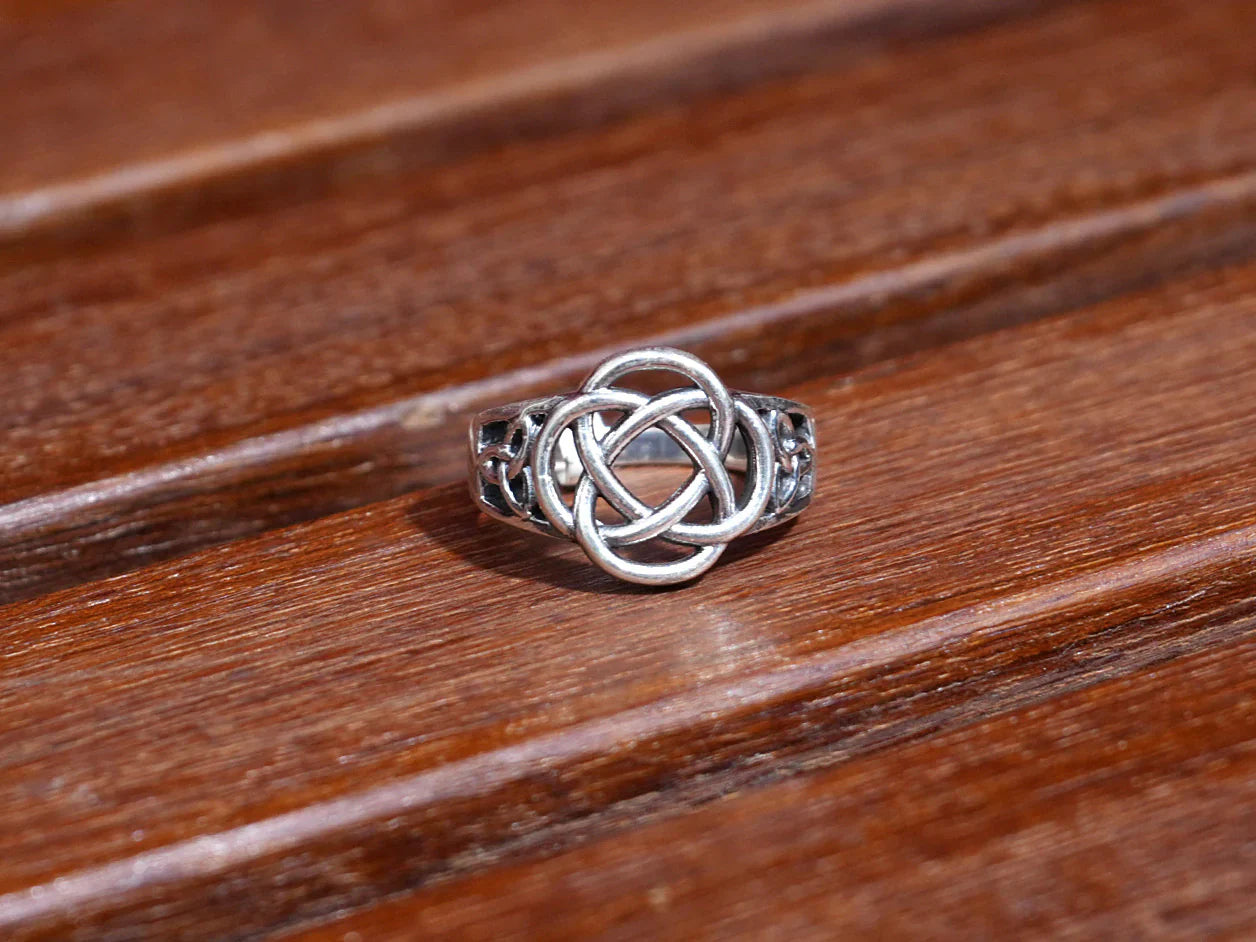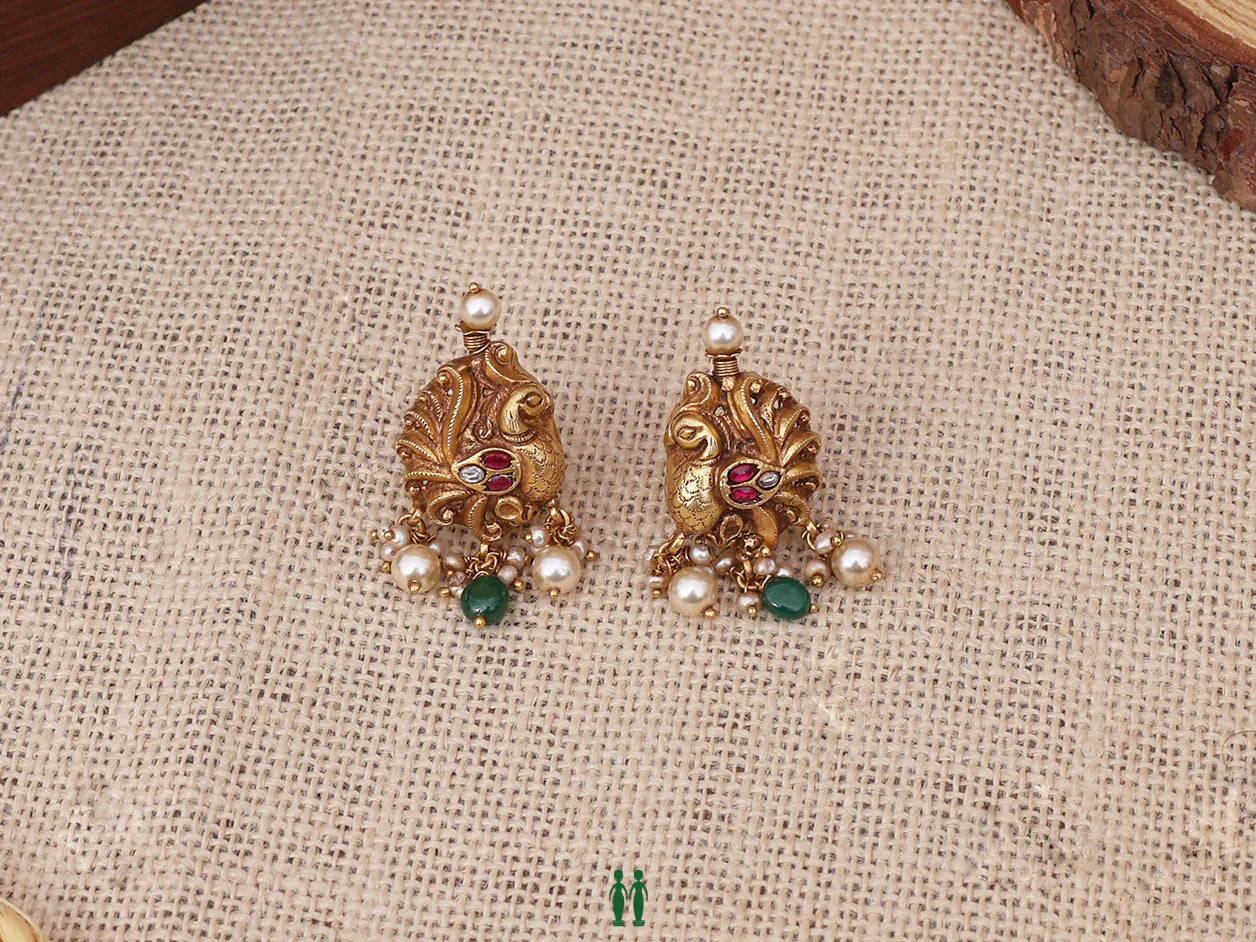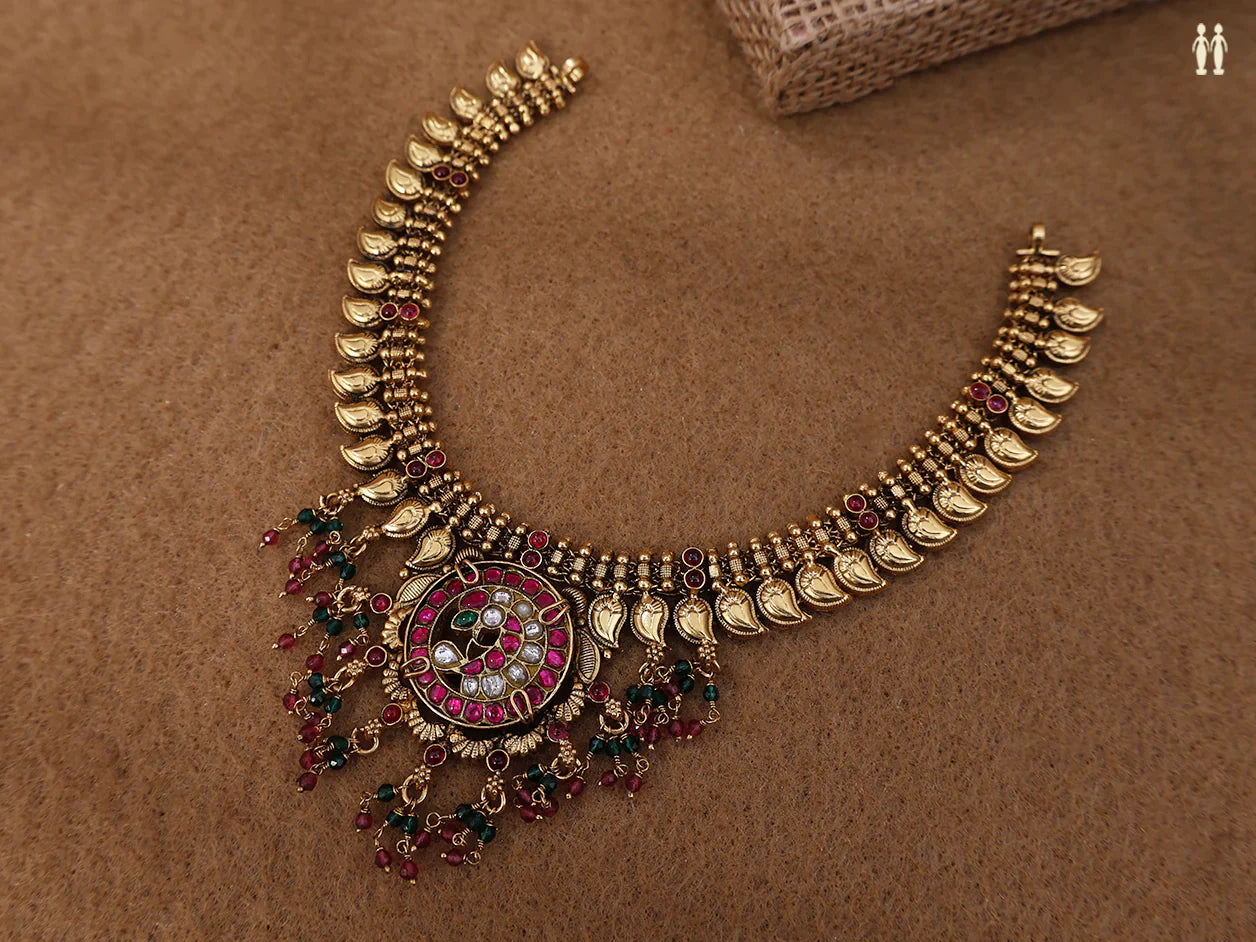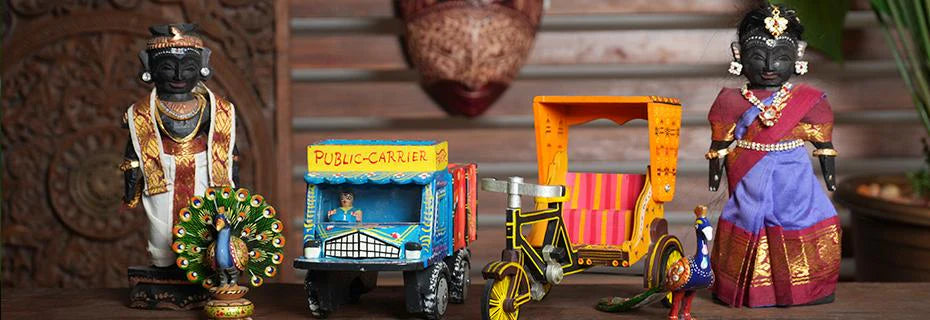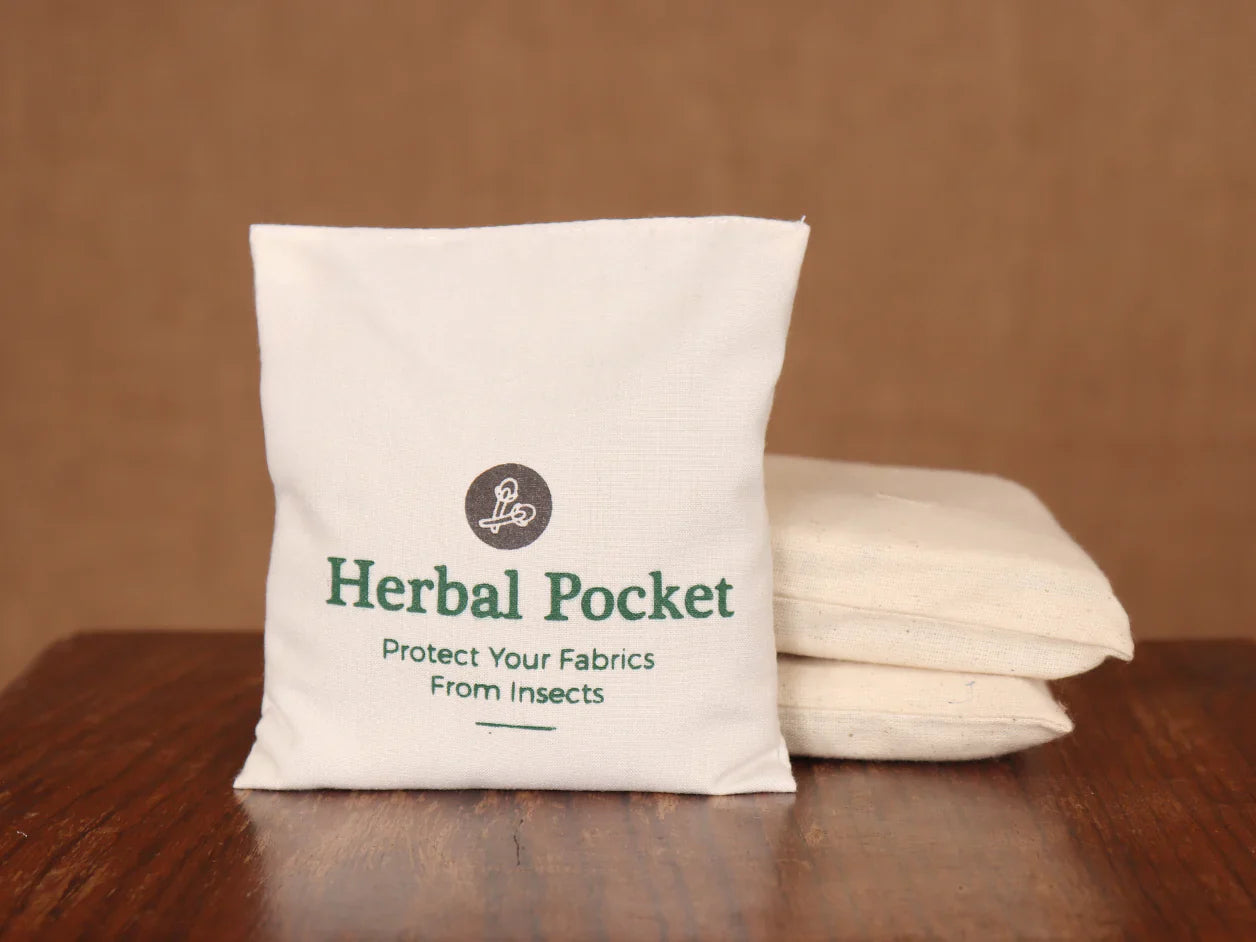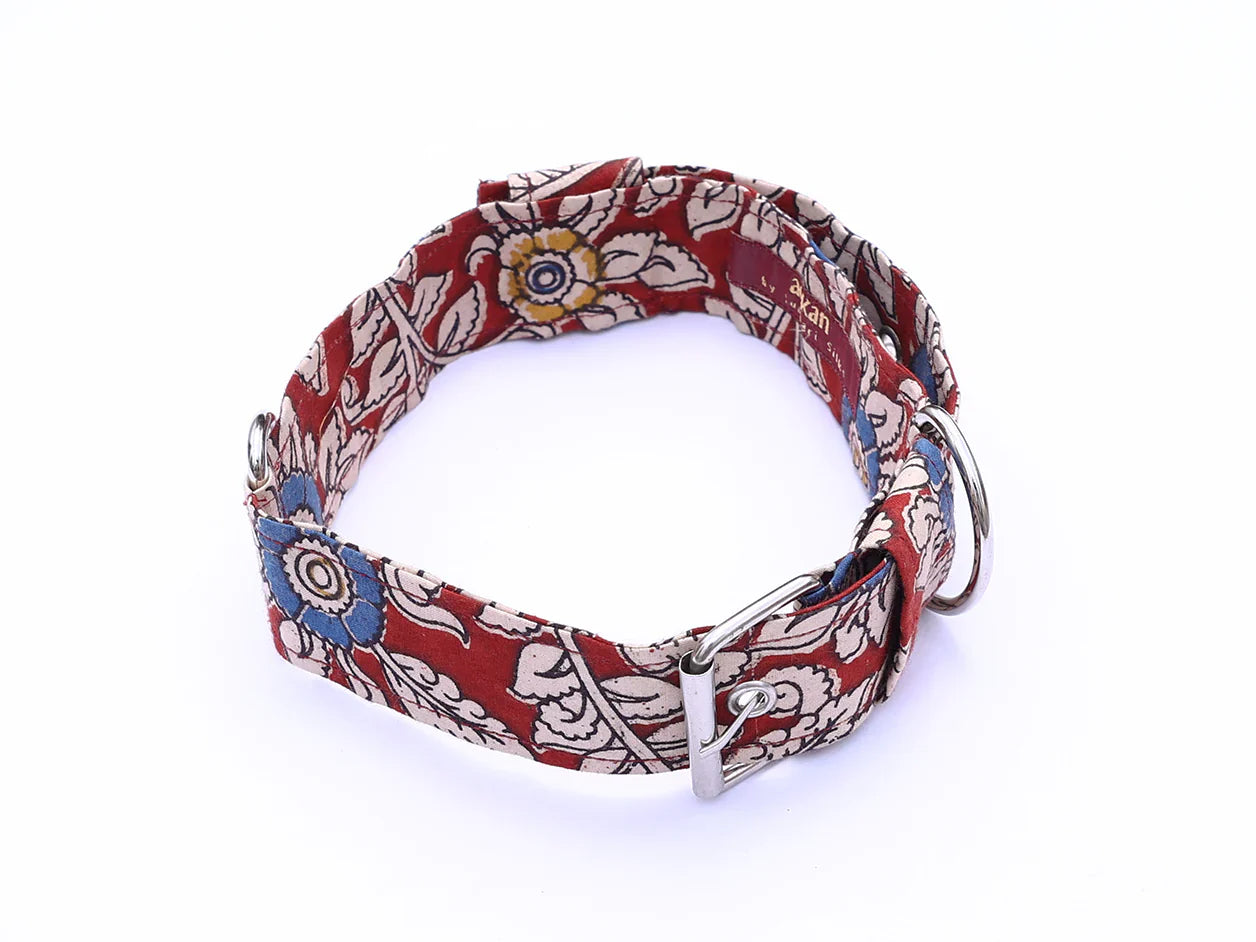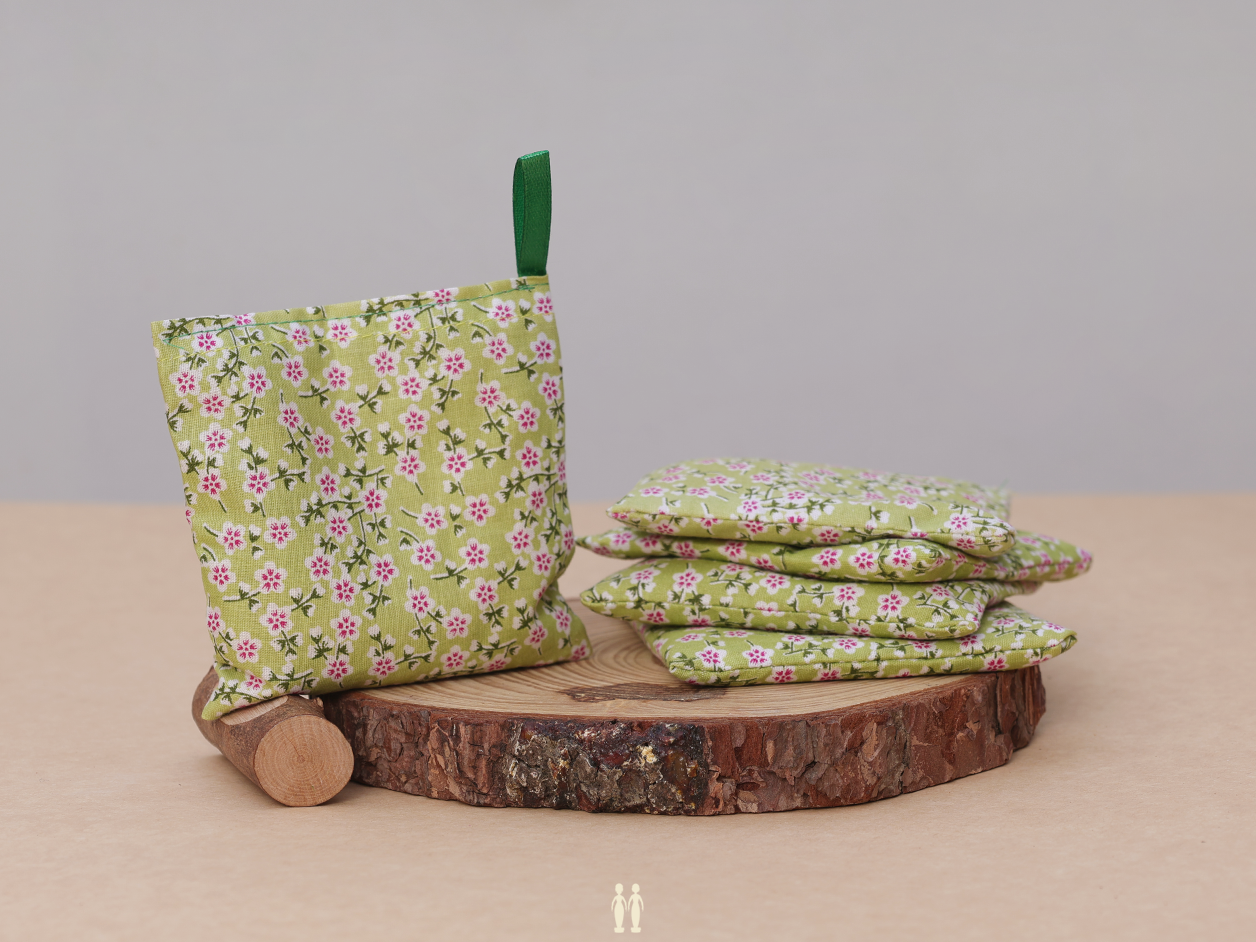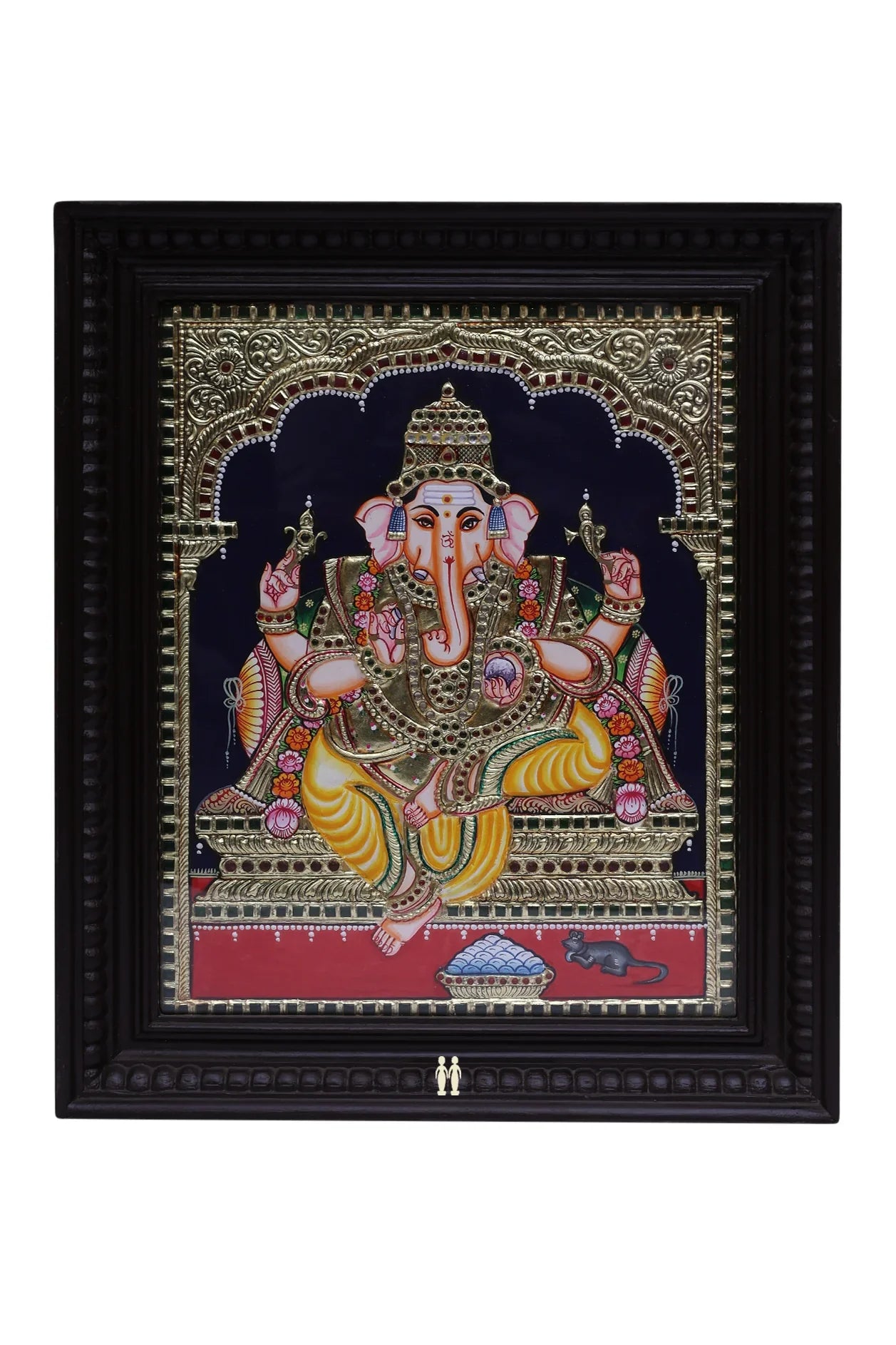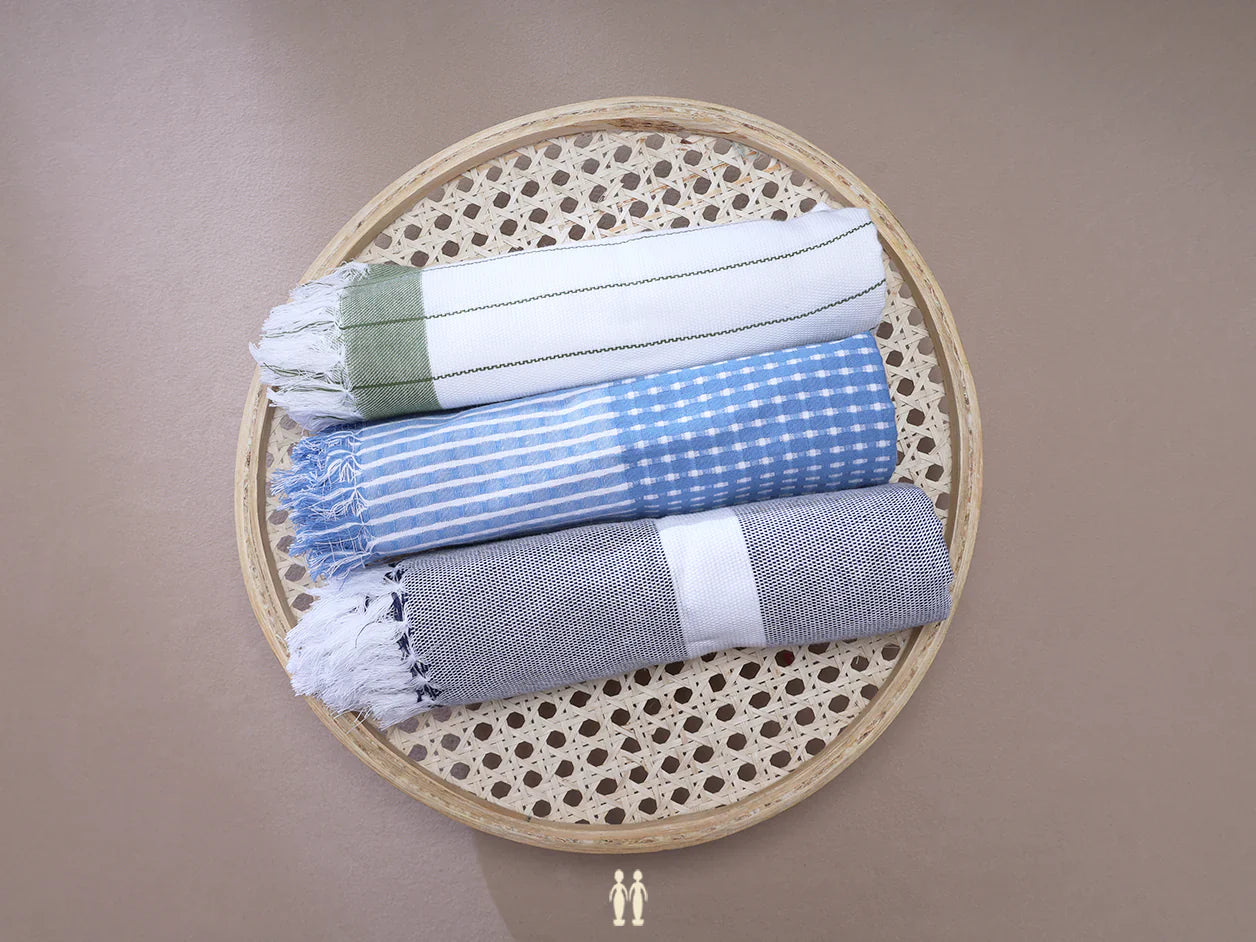Trending Products
CART
Cart is Empty!


How do you care for naturally dyed fabrics and sarees?
The first thing one should understand is the nature of the fabric and the source of natural dyes used in it. Storage, wash and laundry care are very important for naturally dyed fabrics since they tend to fade more quickly than the synthetic dyes.

What are Natural dyes?
1. Natural dyes are those dyes which are made from vegetables, minerals and of animal origin. They were the only source of colouring before the advent of artificial dyes.
2. Dyes extracted from natural materials like plants, flowers, rinds of fruit and roots are used in textiles. One of the best examples of vegetable dyes in India is the blue dye called the Indigo.

In Kalamkari painted sarees, dyes made from the bark of trees like Myrobalan or kadukkai are used to give a yellow ochre to the base cloth. The jet black lines used in the drawing the lines in a pen kalamkari saree is from a black dye called “kasim” made from fermenting iron fillets and jaggery.
Storage and Laundry care
Many of our customers enquire about preserving their sarees and fabrics made from natural dyes. Here’s a basic guide to increasing the longevity of the fabrics:
1. Light is the number one enemy for natural dyes. Exposure to direct sunlight, even harsh lighting in homes or closets will make the fabric fade.
2. To reduce the effects of discolouration, always store your saris in the right way. Fold the naturally dyed saris and fabrics inside out. You can also use additional protection like a mul-cloth saree covers, or wrap them up in old dhotis or white dupattas.
3. Laundry care is very crucial to these type of fabric/saris. You must be aware that all-natural dyed fabrics are prone to bleeding in the first 2-3 washes. The excess dye gets washed out during initial washes, but sometimes dark colours may transfer to lighter colours.
4. Laundry care differs for cotton and silks. For silks, it is better to give it to dry cleaners. For cotton fabric washing, care must be taken not to use bleach or harsh detergents. Natural soaps, hair shampoos are recommended. Always do a check of colourfastness before you wash.
5. In cities like Chennai, you should also take in to account the quality of water used for laundry. If the salinity of the water is high, it will certainly harm the fabric.
6. Delicate hand wash and drying away from direct sunlight are recommended options
7. Always iron the fabric at medium temperature, inside out.


The first thing one should understand is the nature of the fabric and the source of natural dyes used in it. Storage, wash and laundry care are very important for naturally dyed fabrics since they tend to fade more quickly than the synthetic dyes.

What are Natural dyes?
1. Natural dyes are those dyes which are made from vegetables, minerals and of animal origin. They were the only source of colouring before the advent of artificial dyes.
2. Dyes extracted from natural materials like plants, flowers, rinds of fruit and roots are used in textiles. One of the best examples of vegetable dyes in India is the blue dye called the Indigo.

In Kalamkari painted sarees, dyes made from the bark of trees like Myrobalan or kadukkai are used to give a yellow ochre to the base cloth. The jet black lines used in the drawing the lines in a pen kalamkari saree is from a black dye called “kasim” made from fermenting iron fillets and jaggery.
Storage and Laundry care
Many of our customers enquire about preserving their sarees and fabrics made from natural dyes. Here’s a basic guide to increasing the longevity of the fabrics:
1. Light is the number one enemy for natural dyes. Exposure to direct sunlight, even harsh lighting in homes or closets will make the fabric fade.
2. To reduce the effects of discolouration, always store your saris in the right way. Fold the naturally dyed saris and fabrics inside out. You can also use additional protection like a mul-cloth saree covers, or wrap them up in old dhotis or white dupattas.
3. Laundry care is very crucial to these type of fabric/saris. You must be aware that all-natural dyed fabrics are prone to bleeding in the first 2-3 washes. The excess dye gets washed out during initial washes, but sometimes dark colours may transfer to lighter colours.
4. Laundry care differs for cotton and silks. For silks, it is better to give it to dry cleaners. For cotton fabric washing, care must be taken not to use bleach or harsh detergents. Natural soaps, hair shampoos are recommended. Always do a check of colourfastness before you wash.
5. In cities like Chennai, you should also take in to account the quality of water used for laundry. If the salinity of the water is high, it will certainly harm the fabric.
6. Delicate hand wash and drying away from direct sunlight are recommended options
7. Always iron the fabric at medium temperature, inside out.
Our Famous Articles

Our Famous Articles
Marappachi bommai
Marapachi Bommai: Heirlooms of Heritage In many South Indian homes,...
Your Ultimate Summer Wardrobe Destination
At Sundari Silks, we believe that the essence of summer...
Threads of Love: A Collection for Her & Him
What is the Meaning of Love? Love is found in...


GET ON THE LIST
Perks include 5% off your first online order at Sundari Silks. Be the first to know about new collections, store launches, sales and much more!










